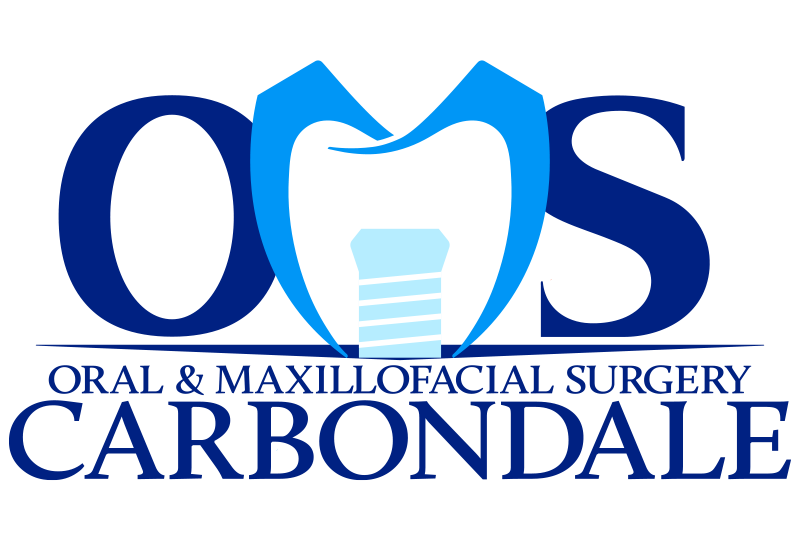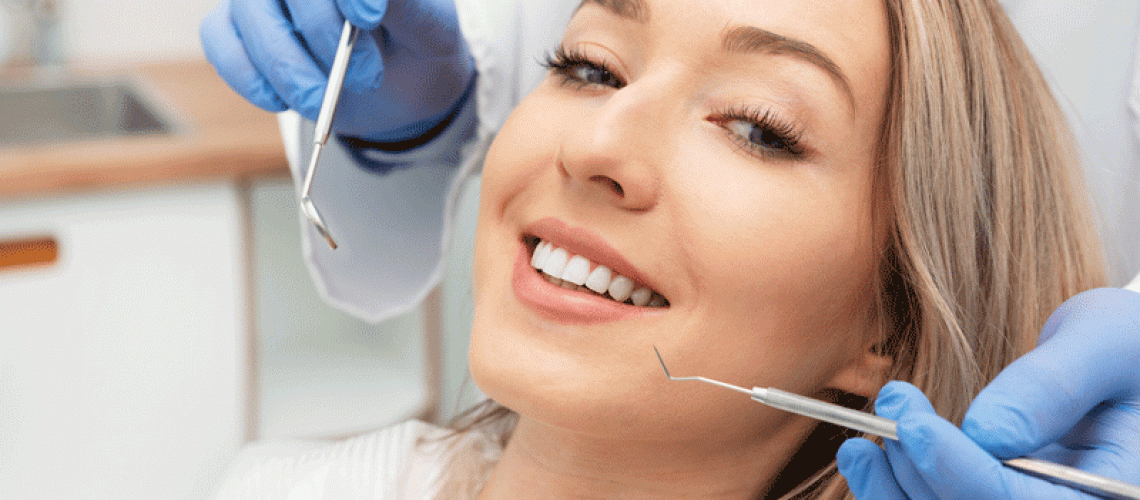Wisdom teeth infections aren’t just painful—they’re stealthy. Many patients dismiss early symptoms as “normal” discomfort, only to face abscesses or systemic issues later. Consider Sarah, a college athlete who ignored her jaw stiffness until she couldn’t practice. A quick evaluation revealed an infected wisdom tooth pressing against her nerves. Stories like hers highlight why understanding these risks matters. Whether your wisdom teeth are fully erupted, partially hidden, or still dormant, this guide equips you with the knowledge to make proactive decisions.
Why Wisdom Teeth Become Problematic Time Bombs
Wisdom teeth, or third molars, typically emerge between ages 17–25, a stage dubbed the “age of wisdom.” But their arrival is anything but wise. Evolution has rendered them obsolete; our jaws are often too small to accommodate them. Imagine a bookshelf crammed with one extra book—it forces others out of place. Similarly, impacted wisdom teeth may grow sideways, pressing against neighboring molars, or partially erupt, creating flaps of gum tissue that trap food debris. This environment becomes a breeding ground for bacteria, leading to pericoronitis (infection around the tooth) or cysts.
Partial eruption is especially risky. Picture a wisdom tooth peeking through the gums, but lacking space to fully emerge. The gap between the tooth and gum becomes a magnet for plaque, much like debris collecting under a lifted sidewalk tile. Without meticulous cleaning—challenging due to their rear position—bacteria multiply, triggering inflammation. Over time, this can erode bone, damage adjacent teeth, or even seed infections into the bloodstream.
From Discomfort to Danger: How Infections Escalate
An infected wisdom tooth doesn’t announce itself with fireworks—it starts subtly. Bacteria infiltrate the gum pocket around the tooth, causing redness and tenderness. Left unchecked, the infection can burrow deeper, forming an abscess.
Think of it as a pimple deep within your gums: painful, pressure-filled, and potentially explosive. Without drainage or treatment, pus spreads to the jawbone, sinuses, or neck. In rare cases, bacteria enter the bloodstream, risking sepsis—a life-threatening response. Take Alex, a hiker who shrugged off his sore jaw during a wilderness trip. By day three, swelling locked his jaw shut, and fever left him delirious. Emergency extraction and antibiotics saved him, but his ordeal underscores the stakes. Even “mild” symptoms like bad breath or trouble chewing signal trouble.
Recognizing the Red Flags of a Wisdom Tooth Infection
How do you distinguish normal wisdom tooth pain from an infection? Watch for throbbing that worsens at night, gums that bleed when brushed, or a sour taste lingering despite mouthwash. Swollen lymph nodes under your chin or a low-grade fever are also red flags. For example, Maria, a local teacher, noticed her breath turned foul even after brushing—a sign of pus draining from an infected socket. She delayed care until chewing became impossible, requiring urgent surgery.
Don’t wait for symptoms to peak. If ibuprofen barely dulls the pain or swelling distorts your face, contact a specialist immediately. Early intervention often means simpler treatments, like antibiotics or a straightforward extraction, avoiding complex procedures later.
When to Partner with an Oral Surgeon for Lasting Relief
Persistent pain, recurring infections, or difficulty opening your mouth are clear signs to consult a specialist. Oral surgeons don’t just extract teeth—they resolve underlying issues causing the infection, like bone fragments or cysts.
Don’t let fear or uncertainty delay treatment. Our team explains each step, from insurance verification to post-op care, empowering you to make informed choices. Remember: Ignoring an infection risks far more than a tooth—it endangers your health. Are you ready to restore your smile with dental implants at our skilled and trusted dental practice? Don’t wait to get the smile of your dreams with us. Get in contact with our doctor, Dr. Billy Laun, and our exceptional team at Oral & Maxillofacial Surgery of Carbondale to schedule an appointment today!





